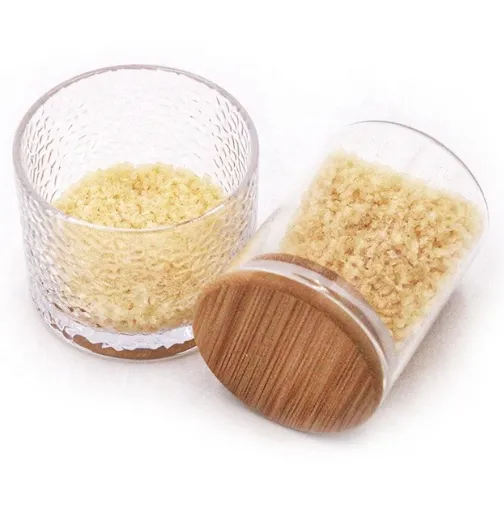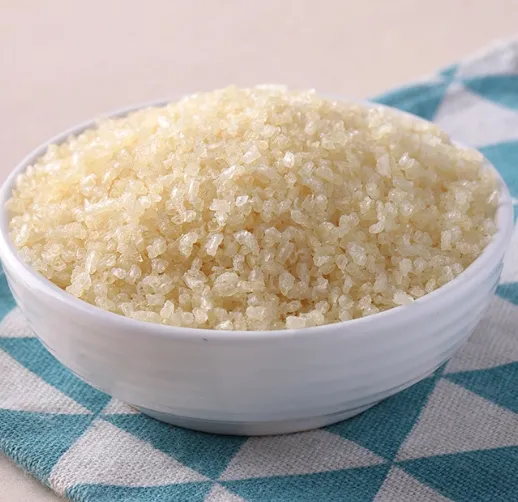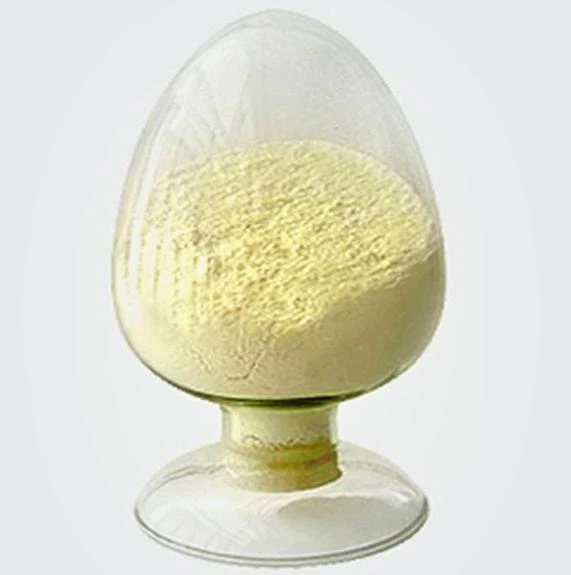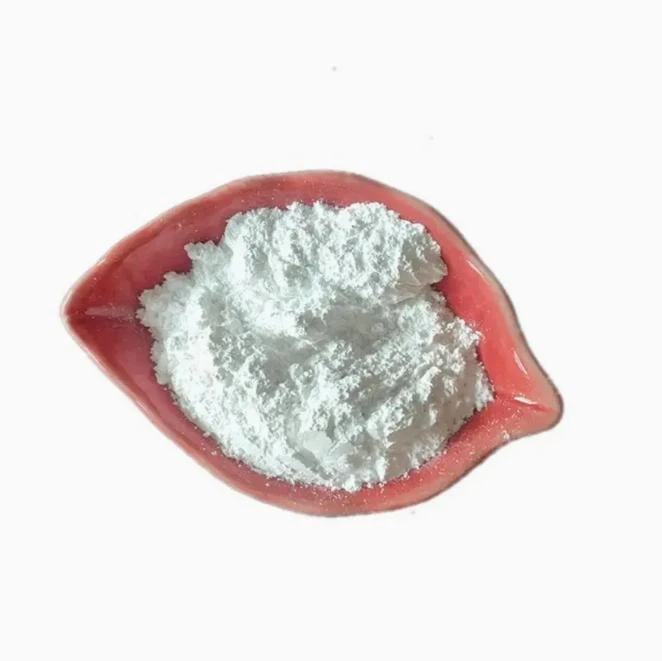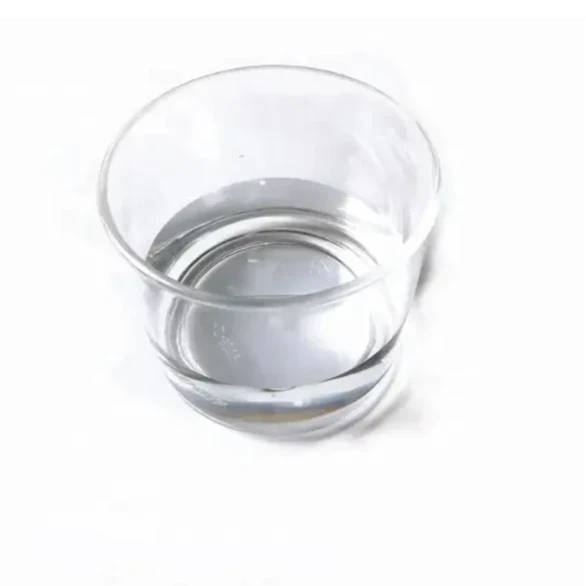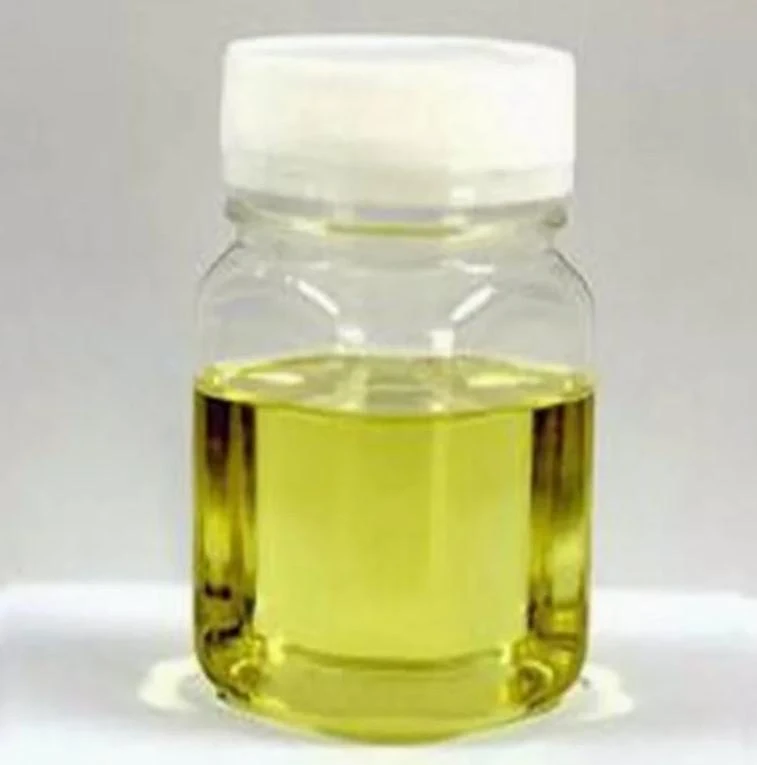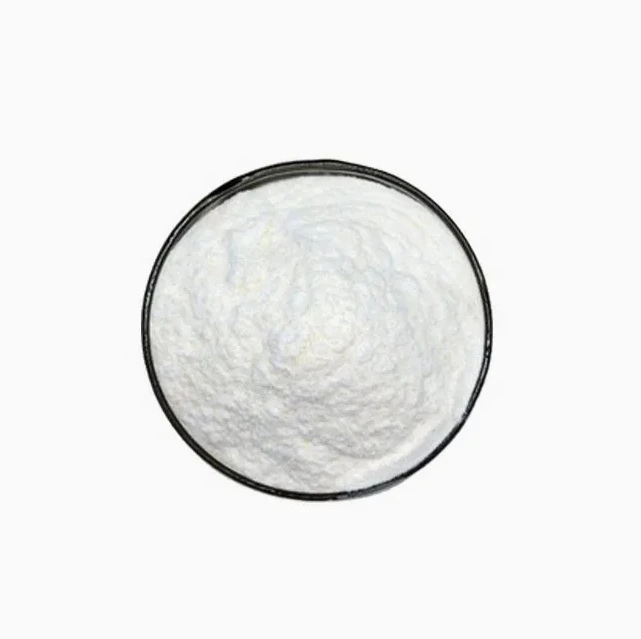Warning: Undefined array key "file" in /home/www/wwwroot/HTML/www.exportstart.com/wp-content/themes/1198/header.php on line 7
Warning: Undefined array key "title" in /home/www/wwwroot/HTML/www.exportstart.com/wp-content/themes/1198/header.php on line 7
Warning: Undefined array key "title" in /home/www/wwwroot/HTML/www.exportstart.com/wp-content/themes/1198/header.php on line 7
- African
- ChiAlbanian
- ChiAmharic
- ChiArabic
- ChiArmenian
- Azerbaijani
- ChiBasque
- Chiberaruzi
- ChiBengali
- ChiBosnian
- ChiBulgarian
- Katarani
- Cebuano
- China
- China (Taiwan)
- Kosikeni
- ChiCroatian
- ChiCzech
- ChiDanish
- ChiDutch
- Chirungu
- Esiperando
- ChiEstonian
- ChiFinish
- ChiFrench
- Frisian
- ChiGalician
- ChiGeorgian
- ChiJerimani
- ChiGiriki
- ChiGujarati
- Kiriyoro yeHaiti
- ChiHausa
- Chihawayi
- ChiHebhuru
- kwete
- Miao
- ChiHungarian
- ChiIcelandic
- igbo
- ChiIndonesian
- ChiIrish
- ChiItalian
- ChiJapanese
- ChiJavanese
- ChiKannada
- Kazaki
- Khmer
- Rwandan
- ChiKorean
- ChiKedhi
- Kiyagizi
- TB
- Ratini
- ChiLatvian
- Ritunia
- Rukusembogi
- ChiMacedonian
- Malgashi
- ChiMalay
- ChiMalayalam
- ChiMaltese
- Maori
- ChiMarati
- ChiMongoria
- Mayanima
- ChiNepali
- ChiNorwegian
- ChiNorwegian
- Occitan
- Pashito
- ChiPersian
- ChiPolish
- ChiPutukezi
- Punjabi
- ChiRomanian
- ChiRussian
- Samoan
- ChiGaelic cheScottish
- ChiSebhiya
- Chirungu
- Shona
- ChiSindhi
- Sinhala
- ChiSlovak
- ChiSlovanian
- Somari
- ChiSpanish
- Sundanese
- ChiSwahili
- ChiSwedish
- ChiTagalog
- Tajik
- ChiTamil
- Tatar
- ChiTelugu
- ChiThai
- Turkish
- ChiTeki
- Ukrainian
- Urdu
- Uighur
- Uzbek
- Vietnamese
- Welsh
- Help
- Yiddish
- Yoruba
- Zulu
Gelatine
Edible Gelatin (Gelatin) is the hydrolyzed product of collagen, is a fat-free, high protein, and cholesterol free, and is a food thickener. After eating, it will not make people fat, nor will it lead to physical decline. Gelatin is also a powerful protective colloid, strong emulsification, after entering the stomach can inhibit the condensation of milk, soy milk and other proteins caused by stomach acid, which is conducive to food digestion.
Edible gelatin is made from bone and skin collagen of animals such as pigs, cattle and sheep. Produced by denaturation and degradation. It contains more than 8 types of L-1 amino acids and is a pure protein. No fat or cholesterol. Easily absorbed by the human body, gelatin food made from wool. It has certain curative effect on some diseases, especially on the development of children, and has ideal nutritional value
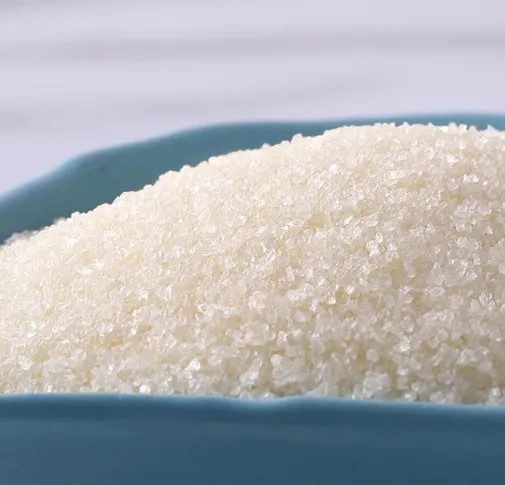


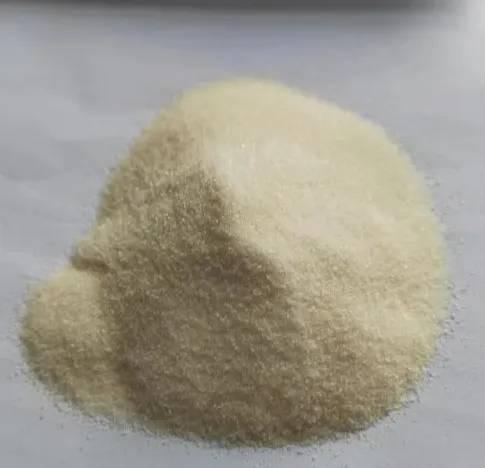
Edible gelatin is white or fawn, translucent, slightly glossy crisp or powder, almost odorless, tasteless. Insoluble in cold water, but can absorb 5 times the amount of cold water and expand and soften. Dissolves in hot water and cools to form a gel. Soluble in acetic acid, glycerol, propylene glycol and other polyol aqueous solution. Insoluble in ethanol, ether, chloroform and most other non-polar organic solvents.
Edible gelatin has a weaker setting force than AGAR, and does not set at a concentration below 5%. A gel is usually formed in a 10% to 15% solution. The gelling temperature varies with the concentration, the type of co-existing salts, the pH of the concentration solution and other factors. The difference between the dissolution temperature and the solidification temperature is very small, about 30℃ dissolution, 20 ~ 25℃ solidification. Its gel is softer and more elastic than gelatine and has a soft taste. Its aqueous solution is boiled for a long time, and its properties change due to decomposition, and it no longer forms gel after cooling, and becomes protein and peptone if reheated. If the gelatin solution is subjected to formaldehyde, it becomes an irreversible gel that is insoluble in water.
According to the use of gelatin can be divided into photographic, edible, medicinal and industrial four categories. Edible gelatin as a thickening agent is widely used in the food industry to add jelly, food coloring, high-grade gummies, ice cream, dry vinegar, yogurt, frozen food, etc. In the chemical industry, it is mainly used as a raw material for bonding, emulsification and high-grade cosmetics.
Gelatin is a hydrophilic colloid, which has the property of protecting colloid, and can be used as a stabilizer and emulsifier of hydrophobic colloid. Gelatin is also an amphoteric electrolyte, so charged particles can be condensed into blocks in aqueous solutions and used as clarifying agents for alcohol and alcohol.
Tine mafekitori akawanda emhando yepamusoro nekubatana kwakadzama, ayo anogona kukupa zvigadzirwa zvemhando yepamusoro nemitengo yemakwikwi. Uye isu tinogonawo kupa zvidzikiso pakutenga kwakawanda. Uye isu tinobatirana nemakambani mazhinji ehunyanzvi ekutakura zvinhu, anogona kuendesa zvigadzirwa zvakachengeteka uye zvakanaka kumaoko ako. Nguva yekutumira inenge 3-20 mazuva mushure mekusimbiswa kwekubhadhara.
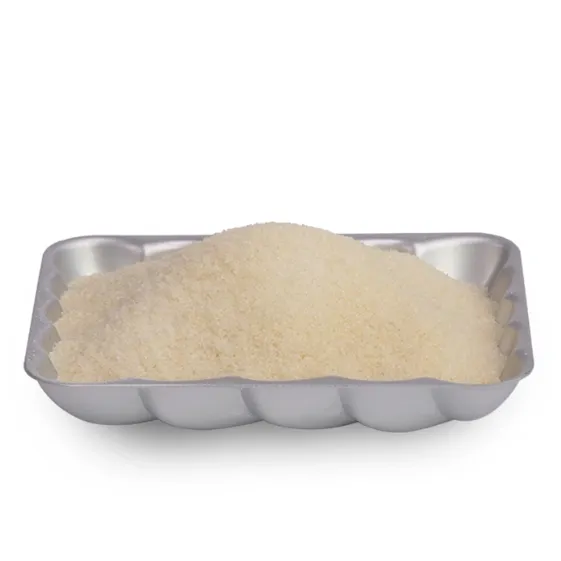



| Identification A&B | PASS | ||
| Jelly Strength 6.67% 10ºC (bloom g) | 210-230 | ||
| Viscosity 6.67% 60ºC (mPa.s) | 2.7-3.7 | ||
| Transmission | Wave length | 450nm | ≥30% |
| 620nm | ≥50% | ||
| Transparency (5%) | ≥400 mm | ||
| Moisture Content | ≤12% | ||
| Ashes Content | ≤2% | ||
| PH Value | 5.0-6.0 | ||
| Insoluble Particles | ≤0.2% | ||
| Particle Size | 30-40 mesh | ||
| Colour | YELLOW-LIGHT YELLOW |
||
| Reducing Substances (SO2) | ≤30 mg/kg | ||
| Residual Hydrongen Perxide (H2O2) | ≤10 mg/kg | ||
| Heavy Metal | ≤20 mg/kg | ||
| Arsenic (As) | ≤1 mg/kg | ||
| Chromium (Cr) | ≤2 mg/kg | ||
| Lead (Pb) | ≤1.5 mg/kg | ||
Gelatin as a thickening agent is widely used in the food industry, such as jelly, edible pigment, senior jelly, ice cream, dry vinegar, yogurt, frozen food etc. In the chemical industry, gelatin is mainly used as adhensive, emulsification and senior cosmetics raw material production.
Its thermo-reversibility is unique and essential in a vast range of confectionery applications, but its popularity is also attributable to its gelling, foaming, stabilizing, texturing, binding and emulsifying functionalities.
Gelatin is water-soluble, totally digestible and compatible with most other hydrocolloids, including vegetable colloids such as agar-agar, alginate, carrageenan and pectin, as well as sugars, corn syrups, edible acids and flavors - all popular within the confectionery sector.

1. Iwe uri fekitori kana kambani yekutengesa?
Isu tiri compnay inobatanidza indasitiri nekutengeserana, ichipa one-stop service.OEM inogona kugamuchirwa.
2. Unopa mienzaniso here? Ndeyemahara here kana kuti yakawedzerwa?
Masampuli emahara. Mari yekutakura yemuyesheni inoda kubhadharwa parutivi rwako.
3. Iwe une chero zvitupa zvine chekuita nekutonga kwemhando?
ISO 9001:2008 certification kuti ive nechokwadi chemhando.
4. Chii chandinofanira kupa kuti ndiwane quotation?
Pls inotizivisa nezverudzi rwechigadzirwa chaunoda, huwandu hwekuraira, kero uye zvakananga zvinodiwa.The quotation ichaitwa kuti utarise nguva yako.
5. Ndeipi nzira yekubhadhara yaunoda? Ndeapi mazwi anogamuchirwa?
Mitemo Yekutumira Inogamuchirwa: FOB, CFR, CIF, EXW;
Mari Yekubhadhara Yakagamuchirwa: USD;
Rudzi rwekubhadhara rwakagamuchirwa: T / T, Western Union; Paypal, Trade Assurance.
Mutauro Unotaurwa:Chirungu.
Zvigadzirwa zvikamu
-
 May . 13, 20252025 European Fine Chemicals Exhibition in GermanyThe much-anticipated Fine Chemicals Europe 2025 will be held in Germany from June 4 to 5, 2025. The event will bring together industry leaders, innovators and stakeholders in the fine chemicals sector, providing a unique platform for networking, collaboration and showcasing the latest advances in the field.
May . 13, 20252025 European Fine Chemicals Exhibition in GermanyThe much-anticipated Fine Chemicals Europe 2025 will be held in Germany from June 4 to 5, 2025. The event will bring together industry leaders, innovators and stakeholders in the fine chemicals sector, providing a unique platform for networking, collaboration and showcasing the latest advances in the field. -
 May . 07, 20252025 New York Cosmetics Ingredients ExhibitionThe much-anticipated 2025 Cosmetics Ingredients New York will be held at the Javits Center in New York from June 3 to 4, 2025. This event will bring together industry leaders, innovators and enthusiasts from all over the world to discuss the latest trends and advances in the field of cosmetic ingredients.
May . 07, 20252025 New York Cosmetics Ingredients ExhibitionThe much-anticipated 2025 Cosmetics Ingredients New York will be held at the Javits Center in New York from June 3 to 4, 2025. This event will bring together industry leaders, innovators and enthusiasts from all over the world to discuss the latest trends and advances in the field of cosmetic ingredients. -
 Apr . 27, 2025Zibo will host the 2025 International Chemical ExpoZibo, a city known for its thriving chemical industry, will host the 2025 Zibo International Chemical Expo from May 16 to May 18, 2025. This highly anticipated event aims to bring together industry leaders, innovators and stakeholders from around the world to explore the latest advancements and trends in the chemical industry.
Apr . 27, 2025Zibo will host the 2025 International Chemical ExpoZibo, a city known for its thriving chemical industry, will host the 2025 Zibo International Chemical Expo from May 16 to May 18, 2025. This highly anticipated event aims to bring together industry leaders, innovators and stakeholders from around the world to explore the latest advancements and trends in the chemical industry.


